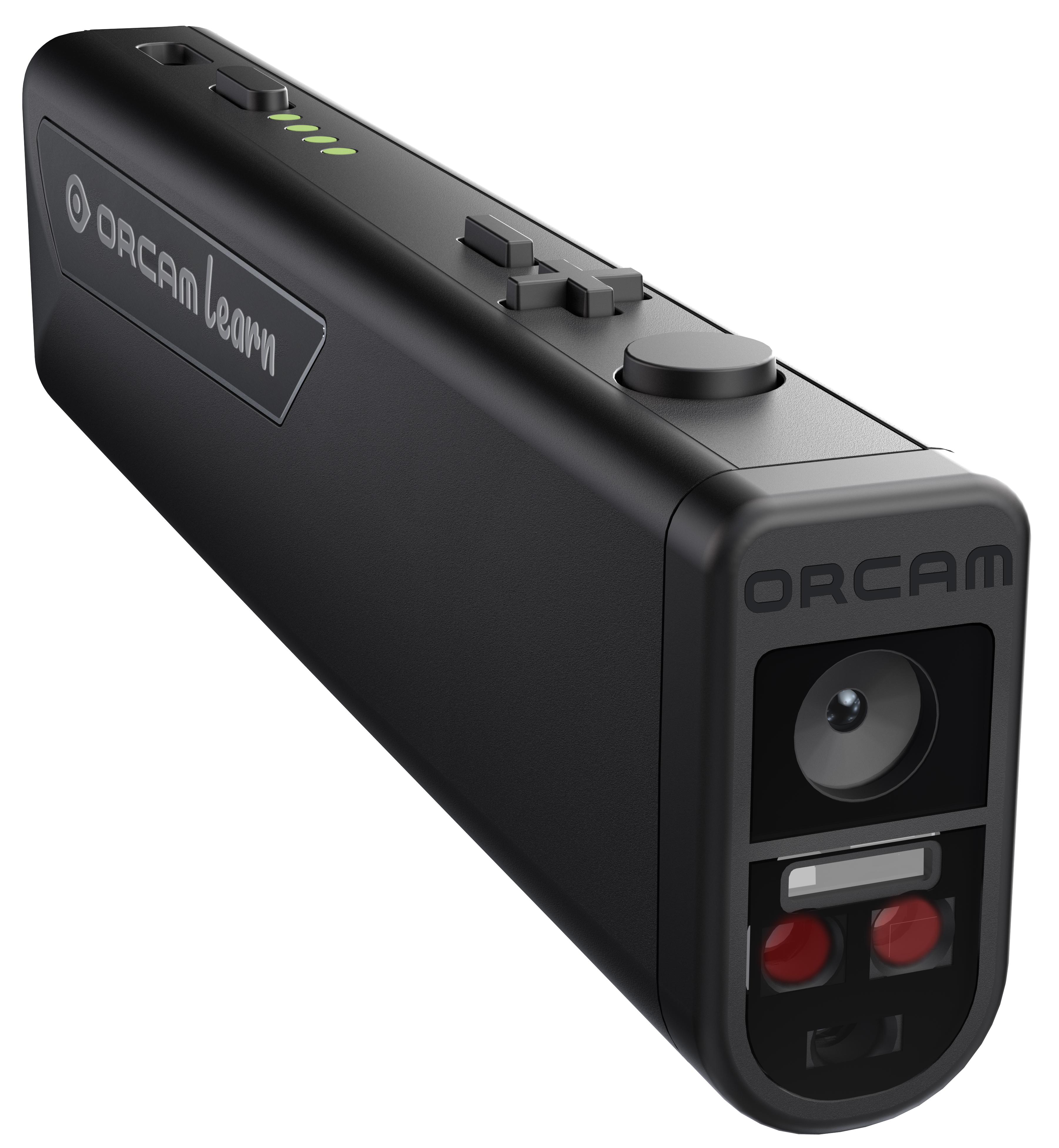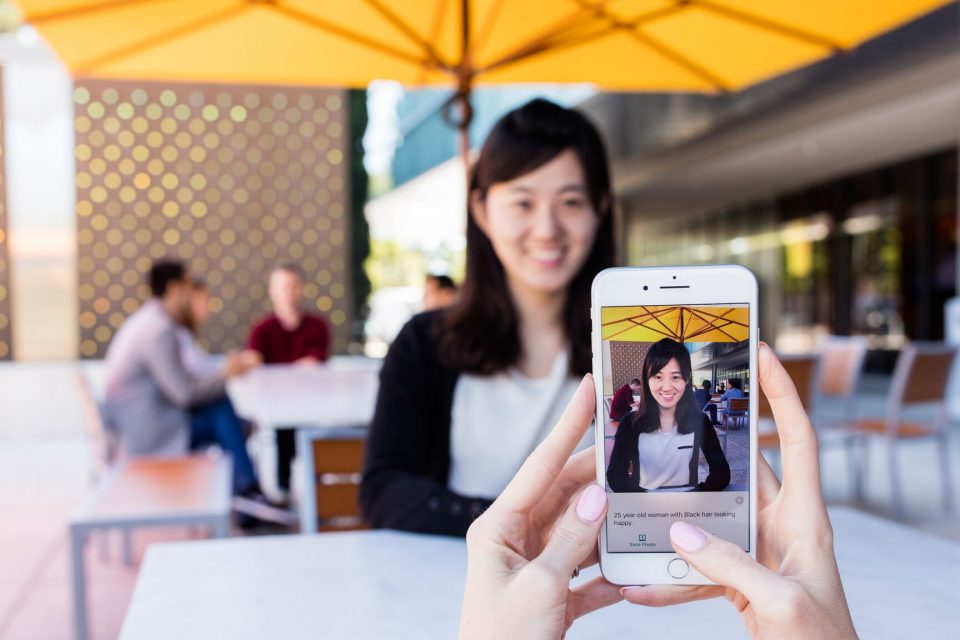Empowering Independence With Assistive Innovation for the Blind
The integration of assistive technology into the lives of people with visual disabilities represents a considerable improvement in advertising freedom and self-sufficiency. From ingenious screen visitors to sophisticated smart canes, these devices not only improve everyday navigating and communication however also empower users to involve meaningfully in different elements of life. As we check out the myriad advantages and real-world applications of these technologies, it comes to be important to examine the underlying elements that add to their efficiency and the possibility for future advancements in this important area.
Overview of Assistive Innovation

The growth of assistive technology is grounded in concepts of inclusivity and empowerment. Advancements in software application, equipment, and sensory improvements give customers with choices tailored to their particular requirements. From screen readers that convert text to speech, to tactile devices that share details via touch, these devices change the way individuals involve with their surroundings.
Along with sensible applications, assistive innovation fosters better social addition and involvement in various fields, consisting of education and work (Wearable technology for low vision). As study and advancement proceed to develop, the potential for assistive innovation to additionally boost the lives of visually damaged people stays promising, leading the way for a much more fair society where everybody can flourish
Sorts Of Assistive Gadgets
A selection of assistive gadgets have actually emerged to sustain people with visual problems, each developed to satisfy specific demands and enhance day-to-day functioning. These gadgets vary from low-tech options to state-of-the-art advancements, giving diverse choices for individuals.
Low-tech gadgets include magnifiers and large-print products that aid in reading and writing. Braille tools, such as Braille slates and styluses, allow responsive reading and communication. Orientation and mobility aids, like white walking sticks, aid individuals navigate their environment securely.
On the greater end of the range, digital magnifying systems and display viewers offer substantial assistance. Digital magnifiers enable individuals to increase the size of text and images on displays, while display viewers transform electronic material into manufactured speech, helping with accessibility to details on smart devices and computer systems.
Smart device applications additionally play an essential role, offering attributes like message recognition and navigation support. Wearable modern technology, such as clever glasses geared up with enhanced truth, is emerging as an appealing tool to improve situational awareness.
Benefits of Assistive Modern Technology
The assimilation of assistive technology considerably improves the lifestyle for individuals with visual impairments. These technologies equip users by promoting freedom, allowing them to browse their atmospheres much more successfully and perform daily tasks with greater ease. As an example, display viewers and magnifying software application allow people to accessibility digital info, promoting professional and educational chances that might have previously run out reach.
Additionally, assistive devices such as wise walking sticks and GPS applications provide real-time navigating aid, improving flexibility and safety and security. This increased freedom not only boosts self-worth but additionally encourages social involvement, enabling customers to get involved even more completely in their areas.
Assistive innovation likewise facilitates communication, aiding individuals attach with others via voice recognition and text-to-speech applications. This ability is crucial for maintaining connections and accessing critical info.
Furthermore, the modification choices available with many assistive technologies ensure that individuals can customize tools to their particular demands, better enhancing functionality and effectiveness. Generally, the advantages of assistive technology for individuals with aesthetic problems are profound, promoting a more inclusive culture where every person can seek their ambitions and objectives.
Instance Researches and Success Stories
Highlighting the transformative effect of assistive modern technology, numerous study illustrate how individuals with aesthetic problems have actually effectively integrated these devices right into their daily lives. One engaging instance involves an university student who used screen analysis software application to navigate academic materials and online sources effectively. This technology not just promoted her education yet additionally improved her confidence in getting involved in discussions and group tasks.
One more instance research includes a specialist who uses a mobile phone application made for navigating and item recognition. By utilizing this app, he has reclaimed autonomy in both his individual and workplace, enabling him to commute individually and engage with colleagues inexpensive eye exams near me much more successfully.
In addition, a retired person shared her experience with braille e-readers, which enabled her to access a check it out huge range of literature and stay gotten in touch with her neighborhood with publication clubs.
These success stories highlight the critical duty of assistive modern technology in fostering freedom, enhancing top quality of life, and promoting social integration for people with visual problems (Mobility aids for visually impaired users). By embracing these innovative tools, users can overcome obstacles and confiscate possibilities that contribute to their specialist and individual fulfillment

Future Fads in Assistive Innovation
Technology in assistive modern technology is positioned to redefine the landscape of support for people with aesthetic impairments. Emerging patterns highlight the assimilation of expert system (AI) and machine learning, which boost the performance of gadgets that aid with navigation and information accessibility. AI-driven applications are now qualified of analyzing aesthetic information in real-time, making it possible for individuals to involve with their environment a lot more independently.
Moreover, the advancement of wearable modern technology is progressing swiftly. Smart glasses furnished with increased reality (AR) can supply audio summaries of surroundings, changing how individuals communicate with public areas. These devices not just promote autonomy yet likewise foster social addition.
Additionally, the Net of Points (IoT) is making homes smarter, permitting seamless connection between day-to-day devices and assistive gadgets. This connection equips customers by sites making it possible for automated responses and voice-activated controls customized to individual needs.
Verdict
To conclude, assistive modern technology plays a crucial function in empowering individuals with aesthetic problems by improving their independence and engagement with their environments. The diverse variety of applications and gadgets offered not only promotes navigating and interaction however likewise promotes social assimilation and opportunities for personal and expert growth. As advancements continue in this field, the possibility for improving the top quality of life for those with aesthetic disabilities will broaden, promoting higher freedom and empowerment.
